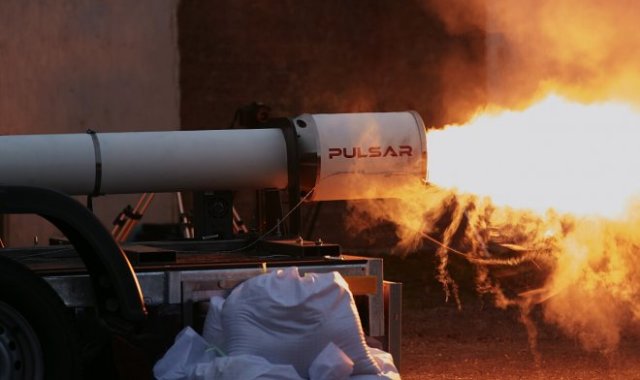
Engine prototype
The hybrid rocket engine of the young British company Pulsar Fusion has become the first step of an ambitious project that includes the development of its thermonuclear technology for practical use. At least, they promise to do it by 2025, and in 2027 they will already send a rocket with such an engine into space. If the venture is successful, the travel time to Mars may be reduced by half.
Interest in Pulsar Fusion arose after the company conducted the first static tests of a rocket engine of its own design at the British Ministry of Defense military base in Salisbury last week. The innovative installation has shown outstanding results, but the most interesting thing about it is the fuel. It uses bottles of household chemicals, pipe trimmings, cutting boards and bottles. In a word, ordinary plastic garbage. As Richard Dinan, CEO of Pulsar Fusion, explained, his team's philosophy is based on the fact that nuclear fusion is not so difficult to adapt for specialized applications as an energy source for a rocket engine. There is no need to try to completely curb the "thermonuclear", as the authors of ITER want to do, but nuclear fusion can be used to recycle garbage into something useful. So far, this is unattainable, but successful engine tests, where ordinary plastic is oxidized with nitrous oxide and creates a supersonic high-temperature flare, inspire cautious optimism.
